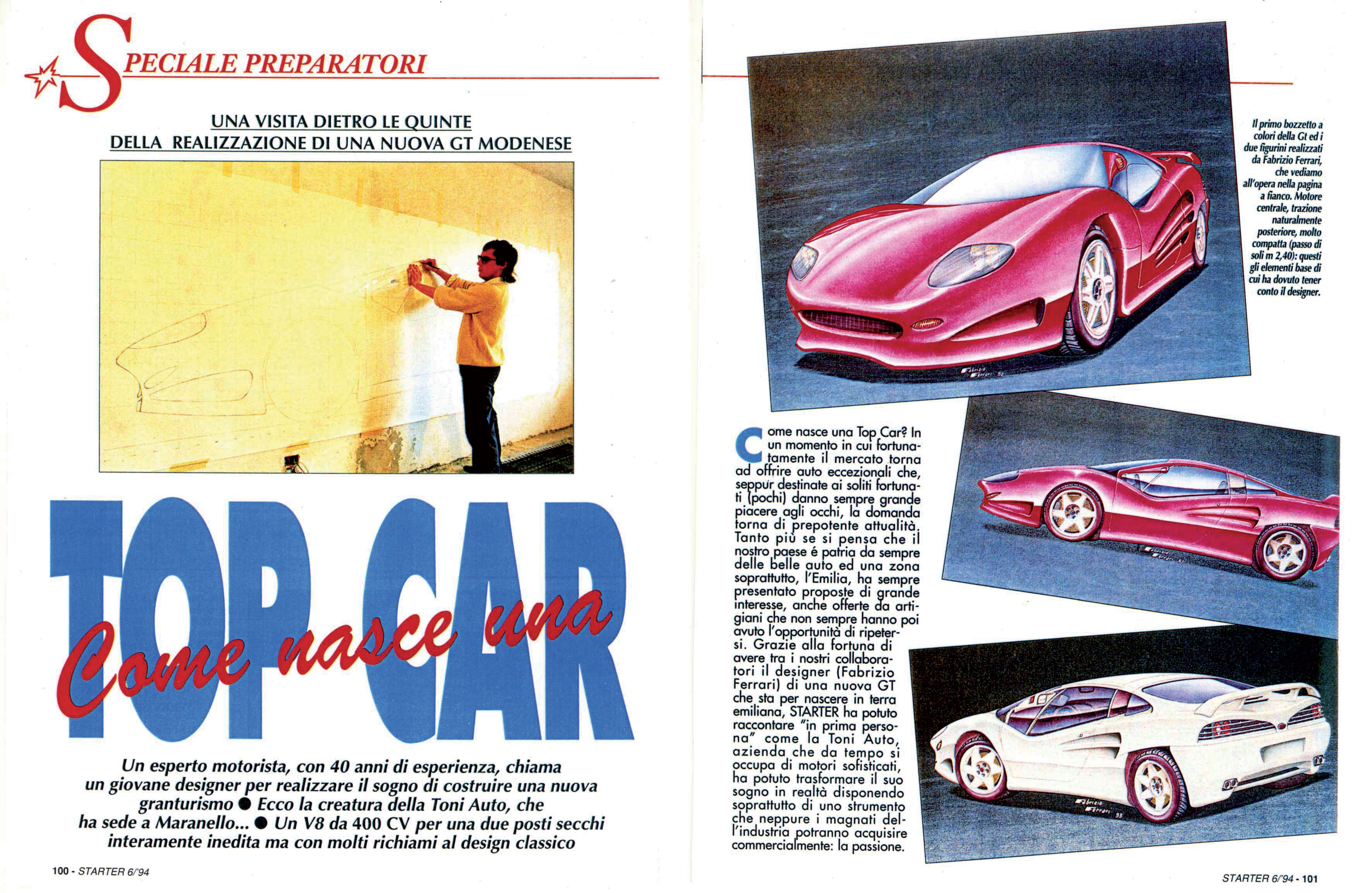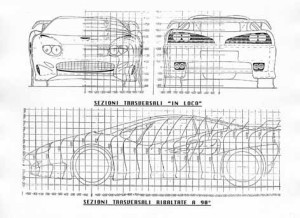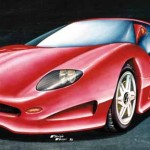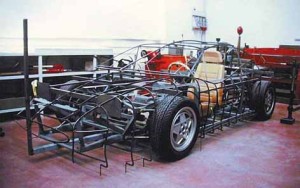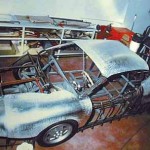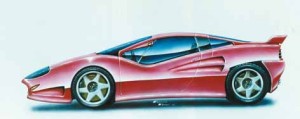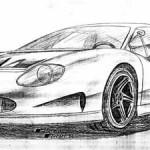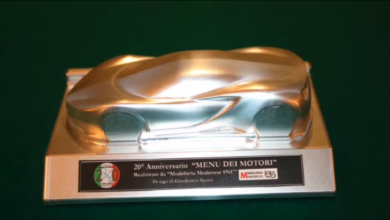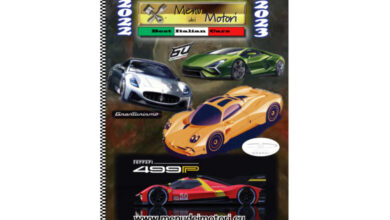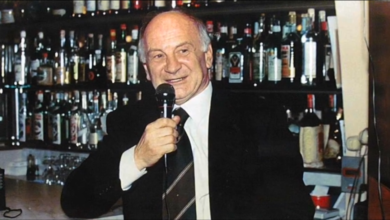VIDEO – UNIQUE VEHICLES – Thirty Years Ago, Artisanal Production in Maranello…
Maybe the last artisan prototype ...
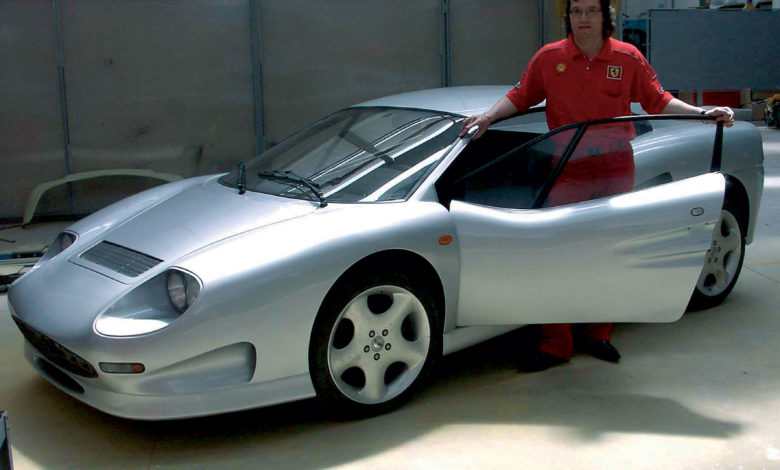
IDEO –
UNIQUE VEHICLES – HAND-MADE PROTOTYPES – TONI AUTO GT (30TH ANNIVERSARY: 1992-2022)
Probably the last part of a romantic period in decline, which started exactly 20 years ago, in 1992, in Maranello: probably the last real independent artisanal construction, the extreme expression of the ancient talent of coach and engine builders in Modena now totally and only dedicated to restorations and reconstructions of old cars.
As an article published in an old specialised magazine said: “a supercar is the result of a great engine builder meeting a young designer.”
LOOK THE GALLERY BY THE PROJECT. SKETCHES, RENDERS AND TECHNICAL DRAWINGS
Exactly twenty years have passed after that meeting. I was a young designer, at that time, and I will always keep that meeting engraved on my mind. We can say I was lucky to be involved – although it was almost the end of an irremediably lost and unrepeatable time – in something that may be considered as the last artisanal construction, the expression of the world of coach-builders and craftsmen in general in Modena, whose greatest representative was Sergio Scaglietti. However, we should not forget all those who turned Modena and the surrounding area not only into the “Land of Engines”, but also a great coach-building pole. In addition to Sergio Scaglietti, the “coach-building masters” included Medardo Fantuzzi and Piero Drogo, not to mention the great coach-building companies making buses, such as Orlandi, Padane, and Carrozzeria Autodromo.
LOOK THE GALLERY BY THE CONSTRUCTION: THE BASIC FRAME AND IRON MANIKIN
LOOK THE GALLERY BY THE CONSTRUCTION: BODY PANEL BEATING
LOOK THE GALLERY BY CONSTRUCTION: RAW PROTOTYPE
LOOK THE GALLERY BY CONSTRUCTION: BODY FINISH
LOOK THE GALLERY BY CONSTRUCTION: MECHANICAL ASSEMBLY AND PARTICULAR
LOOK THE GALLERY BY THE PROTOTYPE
The world of coach-builders and panel-beaters from Modena is almost unknown to many people, although it has developed like the enormously more famous local manufacturers and engine builders!
CURIOSITY: LOOK THE GALLERY BY THE SPYDER PROJECT
This story, like all significant events, started almost by accident: I was in Maranello on one of my frequent visits, hunting for photos of a rare Ferrari 250 LM in a Pininfarina road version: I had identified the only existing car, at Toni Auto in Via Abetone Inferiore, almost in front of the historical entrance of Ferrari plant.
We left with a mechanic of this historical workshop for a photographic shoot to the 250 LM, first in front of the Galleria Ferrari (which had just been inaugurated, at that time) and then in the nearby castle of Spezzano. When we went back, to the workshop, the owner Franco Toni came to me and asked me whether I had time and wanted to see something special in another hangar he owned. I did not know what that could be, but I knew Franco Toni’s story: he was an official mechanic of Ferrari Formula 1 Team in the 1950s and then owner of his service workshop for Ferrari customer cars for almost 40 years. So I accepted with enthusiasm and curiosity!
Well, to be brief, Franco Toni showed me a chassis, including the suspensions and designs of the main mechanical parts, for a sport GT prototype he had totally designed: it was the “rolling chassis” (to use modern terminology) of his future personal car, totally new and original: in practice a real prototype of a supercar with central rear V8 engine, of the kind like the Ferrari 348 being manufactured at that time!
A detail: the body work was completely missing, as well as the upper part of the tubular chassis: the top area! Not because there was no coach-builder panel-beater to make it, but simply because the construction drawings of the bodywork were missing, and mostly because nobody had yet outlined its style and design!
It was just amazing for me, and a great opportunity to put into practice my poor knowledge and professional experience (at that time) in the field of automotive design!
From September 1992 to the spring 1993, after I measured all the main dimensions of the layout (chassis), I developed the entire bodywork project, not only proposing and assessing several style alternatives and the related technical solutions, but I even completed the project of the chassis, which was completely re-designed with the integration of the entire upper part, the inclusion of the various ribs and internal roll bars, roof, windshield, door frame, etc.
For a completely artisanal construction like that, it was not only necessary to make a large number of manual drawings, scale projection, and any kind of construction drawings, but the search of as many accessories as possible already available on the market (with their approval) was also essential: from Testarossa windshield, to the front headlights of the 512 BB, whereas the back lights were the same as the 348, etc.
Finally, in March 1993, I gave the coach-builder appointed to “dress” the chassis the entire design project (orthogonal projections + sections), of the overall bodywork, manually made in real scale (1:1).
So, the following step started, i.e. actual construction of the body, completely made by hand, with the creation, directly on the basis of sections of 1:1 drawings, of the so-called “filon” or “manichein”: a light structure made with steel rods with the double function of simulating the entire external volume of the body, showing any interference with the underneath parts and the important function of the “base” surface plate, on which manually shaped and modelled plates were placed to check for their proper shape and dimensions. The construction of a vehicle very often even with no drawing (or just based on a sketch or, in the case of reconstructions of historical cars, just with the support of a few photos) has always been the essence of “Modena-style” artisanal coach-building. In practice, this is the so-called “vector grid” in modern three-dimensional software programmes. The grid is then “dressed” by coach-builders with “surfaces”, in this case the body panels (very often aluminium panels), perfectly shaped by hand.
In the case of Toni GT, this process lasted more than two years, from 1993 to autumn 1995. Certainly not because of construction difficulties, but mostly due to the lack of deadlines and, mostly, due to the innate tendency to… discover design lines little by little, very often by rechecking technical details and solutions. Certainly, this was done by the “project leader” as well as final customer, i.e. Franco Toni, and occasionally also by the coach-builder appointed for construction.
The process became sometimes extremely slow and exhausting. However, it allowed several developments and improvements of technical and design choices and solutions, which became crucial.
The final outcome was so surprising at that time that it created, once again, a few final doubts and embarrassments to Franco Toni, even when the car had almost been completed and in the final “mechanisation” step. One day, Franco Toni was looking at his car (September 1995) in his workshop in Maranello and said: “How is it possible that You convinced me to build such a high and massive back, as no sport car in Maranello has ever had such a heavy and clumsy back part”. He harangued me that day, as he was clearly distraught and almost annoyed, probably because he had not perfectly realised that from the project drawings.
In the meantime Ferrari had already started the production of the 348 and F355, but actually no Ferrari car had ever had such a “big bum”!
However, just until the appearance of the highly sensual and still modern 360 Modena in 1999!


